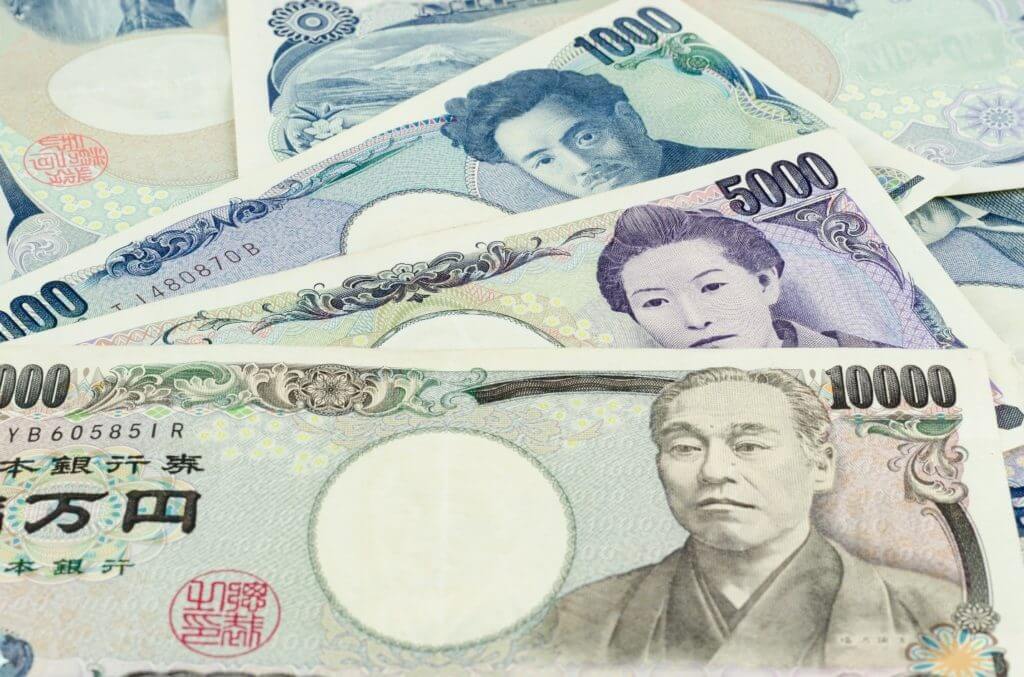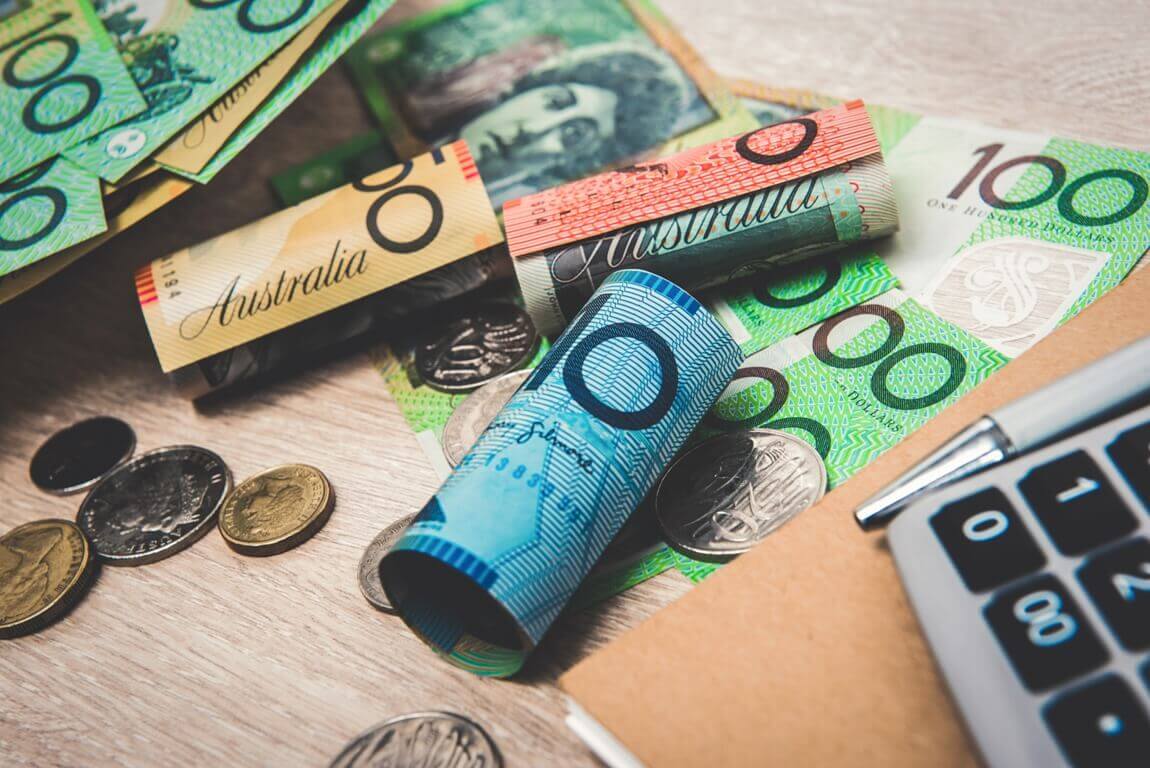The U.S. dollar was headed for its best weekly gain in about a month today. Investors supported the greenback, moving on the risk-off attitude as rising coronavirus infections loomed over the pandemic recovery. Meanwhile, the New Zealand dollar skyrocketed due to a hot inflation reading.
On Friday, the NZD was the biggest mover amongst major currencies in the Asia session. It exchanged hands higher by 0.6% at $0.7020 at last, after consumer prices jumped far rapidly than expected, bolstering the forex market’s rate hike expectations to August.
The greenback’s recent strength has been irresistible. So much so that even the unexpected prospect of New Zealand leading markets out of emergency-level rates for several weeks wasn’t enough to break the NZD from narrow ranges. The New Zealand dollar climbed up by 0.3% for the week. It remains below its 200-day moving average, though.
Meanwhile, the Canadian dollar struggled due to the tapering of bond purchases in Canada and soft oil prices. The CAD tumbled down by about 1% on the week.
Westpac strategist Imre Speizer noted that the U.S. currency has got some power behind it, and as a result, it’s holding back all the majors. He also added that there’s an interest rate side to it, while sometimes it’s a safe-haven bid. It seems the greenback is going to be quite strong over the next few months.
Several other factors played a major role in the greenback’s rally
Solid U.S. data, along with a shift in interest rate expectations, also boosted the dollar. The Federal Reserve hinted about sooner-than-expected hikes in 2023, and nervous investors flocked safe-haven greenback.
The U.S. currency was broadly steady in the markets on Friday. Despite that, it was heading for weekly gains, with a roughly 0.5% jump over the week against the euro and British Pound and 0.7% versus the risk-sensitive Aussie dollar.
Meanwhile, the U.S. dollar index remained flat at 92.562 against a basket of currencies on Friday but is soared by 0.5% for the week. If sustained, such a rise would mark its biggest weekly percentage gain since June 20.
Traders are currently waiting for U.S. retail sales data and consumer confidence, looking out for new numbers on inflation and hints about the strength of the recovery.
How did the Japanese Yen fare?

The safe-haven Japanese yen was also firm on Friday, declining only by 0.1% versus the dollar. After the kiwi, it was the second best-performing currency against the strong greenback. The JPY is headed for its best week in a month against the common currency, as well.
The JPY/USD pair traded at 109.99, while JPY/EUR stood at 129.88 on Friday. Meanwhile, the euro exchanged hands at $1.1808, remaining near the three-month low of $1.1772 it tested this week.
The mood has been jittery across financial markets for a couple of weeks now as Covid-19 infections are rising rapidly.
Treasuries have soared for a third consecutive week with no obvious catalyst except concerns that the new virus cases could hinder recovery progress. Furthermore, recent data showed slowing Chinese growth, which also puts the brakes on global growth. However, U.S. inflation still looks transitory, or at least under the Fed is assuring the markets that the central bank has it under control.
The British Pound exchanged hands at $1.3835 in Asia. It rallied on Thursday thanks to strong jobs figures and Bank of England policymaker Michael Saunders’ hawkish comments.
The Australian dollar also surged forward by 0.2% on Friday, reaching $0.7435. Despite that, the AUD was still on course for a weekly loss. It tumbled down to a five-month low against the kiwi dollar as New Zealand’s rates outlook shifted.
The Thai baht remains among the most struggling currencies due to the pandemic’s resurgence. It plunged at a three-month low, tracking toward a fifth weekly loss in a row as the tourism-dependent country posted a record number of new infections.
How did the Swiss franc trade on Friday?
The safe-haven Japanese yen was also firm on Friday, declining only by 0.1% versus the dollar. After the kiwi, it was the second best-performing currency against the strong greenback. The JPY is headed for its best week in a month against the common currency, as well.
The JPY/USD pair traded at 109.99, while JPY/EUR stood at 129.88 on Friday. Meanwhile, the euro exchanged hands at $1.1808, remaining near the three-month low of $1.1772 it tested this week.
The mood has been jittery across financial markets for a couple of weeks now as Covid-19 infections are rising rapidly.
Treasuries have soared for a third consecutive week with no obvious catalyst except concerns that the new virus cases could hinder recovery progress. Furthermore, recent data showed slowing Chinese growth, which also puts the brakes on global growth. However, U.S. inflation still looks transitory, or at least under the Fed is assuring the markets that the central bank has it under control.
The British Pound exchanged hands at $1.3835 in Asia. It rallied on Thursday thanks to strong jobs figures and Bank of England policymaker Michael Saunders’ hawkish comments.
The Australian dollar also surged forward by 0.2% on Friday, reaching $0.7435. Despite that, the AUD was still on course for a weekly loss. It tumbled down to a five-month low against the kiwi dollar as New Zealand’s rates outlook shifted.
The Thai baht remains among the most struggling currencies due to the pandemic’s resurgence. It plunged at a three-month low, tracking toward a fifth weekly loss in a row as the tourism-dependent country posted a record number of new infections.











